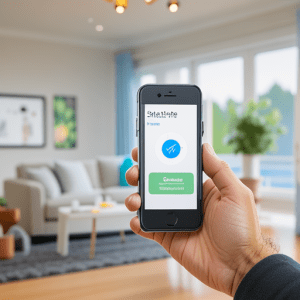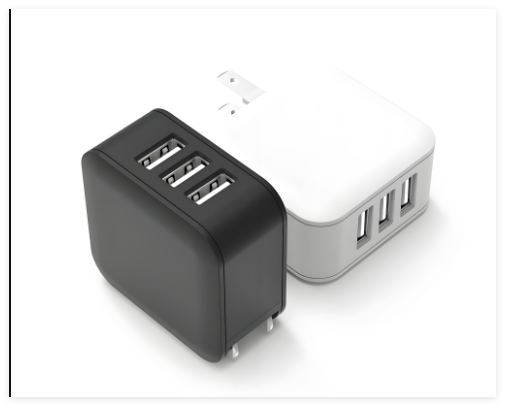How does smart air conditioning achieve energy saving?
Smart air conditioning, as a part of smart home systems, has tremendous potential for energy conservation, which is also a continuous pursuit in our industry.

Let’s first discuss the principles of energy saving in smart air conditioning. Smart air conditioners, through advanced sensors and algorithms, can monitor the temperature, humidity, and air quality inside and outside the room in real-time, thereby precisely controlling the operation of the air conditioner. It’s like a meticulous butler, capable of adjusting the indoor environment according to the needs of the master, ensuring comfort while avoiding energy waste.
Next, let’s look at some specific industry data. According to a report from the International Energy Agency (IEA), building energy consumption accounts for nearly 40% of global energy consumption, with air conditioning systems taking up a significant proportion. Through intelligent upgrades, it is expected that by 2030, smart air conditioning will save about 15% of energy consumption worldwide.
So, how do smart air conditioners achieve this energy-saving goal? Here are several key points:
- Adaptive Learning: Smart air conditioners can automatically adjust temperature settings based on the user’s usage habits and preferences, achieving a personalized comfortable experience while reducing unnecessary energy waste.
- Remote Control: Users can remotely control the air conditioner through mobile devices such as smartphones, pre-heating or pre-cooling the room in advance, which is both convenient and energy-saving.
- Intelligent Diagnosis: Smart air conditioners can monitor their own operating status in real time, and once an anomaly is detected, they immediately perform self-diagnosis and take corresponding measures to avoid energy waste caused by failures.
- Energy Management: Combined with the home or building’s energy management system, smart air conditioners can work in conjunction with other home appliances to optimize overall energy efficiency.
- Environmental Sensing: Smart air conditioners can sense changes in the indoor and outdoor environment and automatically adjust the operation mode, such as reducing cooling intensity automatically at night or when the outdoor temperature is lower.
- Inverter Technology: Smart air conditioners with inverter technology can adjust power output according to actual demand, significantly reducing energy consumption compared to traditional air conditioners.
- Application of New Materials: The use of new environmentally friendly refrigerants and efficient heat exchange materials improves the energy efficiency ratio of air conditioners.
- Policy Promotion: Governments encourage the research and development and popularization of smart air conditioners by setting energy efficiency standards and subsidy policies.
Finally, I want to say that the path to energy-saving in smart air conditioning is not only a technological innovation but also our pursuit of a better life and our responsibility to the environment. As the ancients said, “Without rules, there can be no circle or square.” On the road to intelligence and new energy, we also need to formulate reasonable standards and regulations to guide the healthy development of the industry. At the same time, we should “learn from the virtuous and strive for excellence,” continuously learn from international advanced experience, and promote our country’s smart air conditioning industry to a higher level of energy saving.
Thank you, everyone!



Post Comment